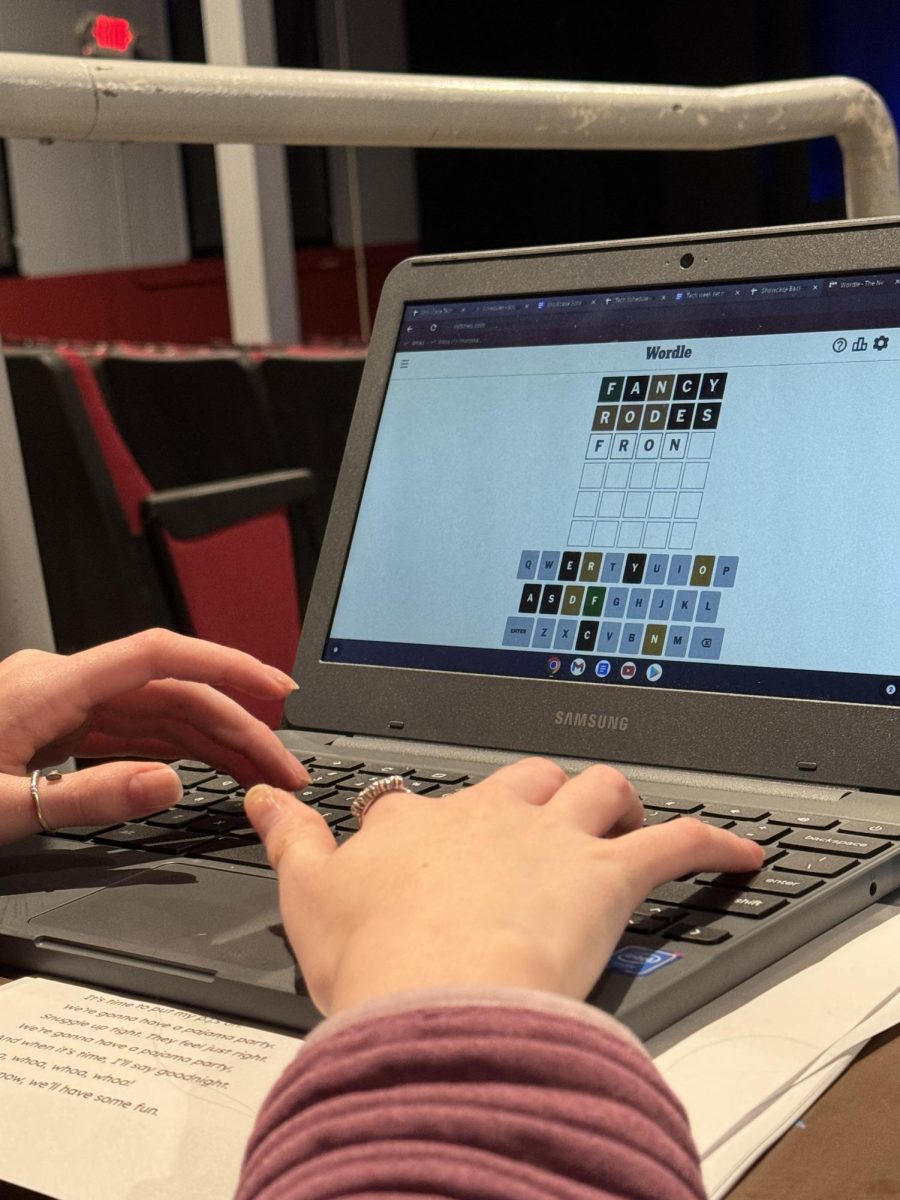The New York Time’s mini gameshav emerged as a cultural phenomenon over the past several years.
The game itself is simple: every day users try to guess a specific five letter english word within 6 tries. With each try, the letters are colored to represent their association with the designated word- green if the letter is in the right place, yellow if the letter is in the word somewhere but not in the right place and gray if the letter is not used in the final word.
Charming because of its simplicity and quick timespan, the game has reached millions of daily players since its inception.
Launching in 2021, Wordle participation quickly jumped from 300,000 daily users to 2 million in early January of 2022.
Many people enjoy the social aspect of the game, as players share their scores and strategies with each other. It serves as a convenient conversation starter and adds a competitive element to the game.
While many do enjoy playing the game everyday, others aren’t as keen on it. New Times Subsciber Valerie Moore has played Wordle in the past, but has found that the game can make her feel ignorant. “I just feel really stupid when I play it if I can’t figure it out,” she stated.
Some also find problems with the singular nature of the game. “If I’m going to play a word game, I want to be able to play it a bunch,” Moore added, “I just want to keep playing it throughout the day.”
Regardless of the entertainment value, there are several practical benefits to participating in this trend. Dr. Elena Clar, MD, places playing word games alongside nutrition and language learning when discussing ways to improve brain health. “Word games are good for brain health because they can improve attention, verbal fluency, memory and processing speed,” Clar explained.
Additionally, the trendy aspect of the phenomenon contributes to the mental benefits. The community built around the trend has created a social element to the game, which Clar believes can improve energy and mood, both of which play a critical role in staying mentally sharp.
Fervent Wordle participant Kennen Baltraidge enjoys Wordle for the strategic aspect of the community.“I like to see what words other people use as their first choice to try to get vowels and all that,” she said.
The impact of the game extends past the mental benefits from users. Meredith Kopit Levien, president and CEO of the New York Times, stated in a financial report that, “Wordle brought an unprecedented tens of millions of new users to The Times.”
In an age when many young people get their news from secondary news sources,, the increase in subscribers to a news source as affluent as the New York Times is significant, and could contribute to wider news and media literacy.
With the vast amount of misinformation spread on social media, depending on it as a primary news source is dangerous for both the development of individual thought and identity, but also in community discourse, which suffers when either party is falsely informed.
Wordle provides social media users with a break from the onslaught of information through a simple word game, and will likely continue to provide a brain-enriching experience to participants for years to come.










Suleman C • Apr 14, 2024 at 6:37 pm
I agree with this. It is not as much of a problem now but around 2 years ago I remember kids were going crazy over doing wordle of the day, so much so they would do it while the teacher was giving instruction, risking disrupting the class. I also agree it is sort of atrend thing. Alot of people would not play it if their friendss did not etc